Out Now
The Mental Health Issue
Current Issue
The Mental Health Issue
AUG - SEPT 2025
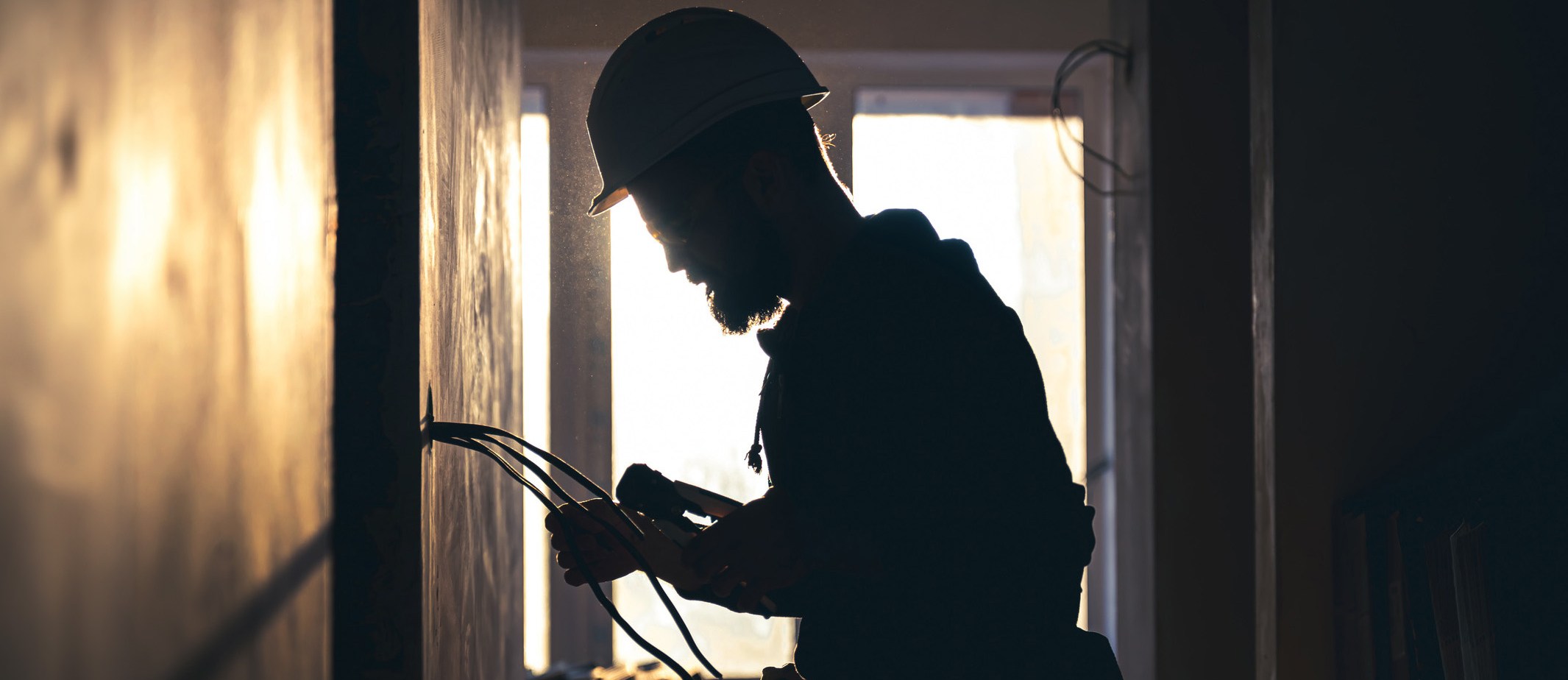
Safe Work Method Statements (SWMS) are critical for ensuring safety and compliance in the electrical industry. In Australia, these documents are essential for managing high-risk construction work, including various electrical tasks.
Here’s everything you need to know about creating effective SWMS, ensuring they meet Australian regulations and promote workplace safety.
Safe Work Method Statements are not only a legal requirement but also a fundamental aspect of workplace safety. They outline high-risk construction activities, identify potential hazards, and specify control measures to manage risks. For electricians, SWMS are indispensable tools that help prevent accidents and ensure compliance with the Work Health and Safety (WHS) regulations across Australia.
SWMS documents serve multiple purposes:
Effectively identifying hazards and employing corresponding control measures are foundational steps in creating a robust SWMS. Here’s how to approach this process:
Conduct site inspections: Regular site inspections help identify potential hazards in the working environment. Look for exposed wiring, inadequate grounding, overloaded circuits, and improper use of electrical equipment.
Consult workers: Workers often have firsthand experience with site-specific hazards. Involving them in hazard identification can provide valuable insights and highlight risks that might otherwise be overlooked.
Review incident reports: Past incident reports and near-miss records can help identify recurring hazards. This historical data is crucial for recognising patterns and implementing preventive measures.
Evaluate likelihood and consequences: For each identified hazard, assess the likelihood of its occurrence and the potential consequences. Use a risk matrix to categorise the risk.
Prioritise risks: Focus on high-risk hazards that could cause severe injury or significant damage. Prioritising these risks ensures that the most dangerous hazards are addressed first.
Here’s what you need to consider.
Elimination: The most effective control measure is to eliminate the hazard entirely. For example, de-energizing circuits before starting work can eliminate the risk of electric shock.
Substitution: Replace hazardous materials or processes with safer alternatives. For instance, using battery-operated tools instead of corded tools can reduce trip hazards.
Isolate: Physically separate the source of harm from people by distancing or utilising barriers.
Engineering controls: Implement physical changes to the workplace to reduce risks. This could include installing barriers around live electrical parts or using insulated tools.
Administrative controls: Establish policies and procedures to minimise risks. This includes developing safe work procedures, conducting regular training sessions, and enforcing safety protocols.
Personal Protective Equipment (PPE): Provide appropriate PPE such as insulated gloves, safety glasses, and ARC Flash protective clothing. Ensure that workers are trained in the correct use and maintenance of PPE.
Developing clear, step-by-step procedural guidelines is essential for ensuring that all tasks are performed safely. These guidelines should include:
Task setup: Instructions on how to properly set up the work area, including securing tools and equipment and verifying that safety barriers are in place.
Work execution: Detailed steps for performing the task, highlighting critical safety checks and precautions at each stage.
Emergency procedures: Specific actions to take in the event of an incident, such as electrical shock or fire. Ensure all workers are familiar with these procedures and know how to respond quickly and effectively.
Training and effective communication are crucial components of a successful SWMS. Here’s how to ensure both are handled effectively:
Conduct regular training sessions: Schedule regular training sessions to ensure all workers understand the SWMS and their roles in maintaining safety. Use a variety of training methods, including classroom instruction, on-the-job training, and interactive workshops.
Use visual aids: Diagrams, flowcharts, and other visual aids can help communicate complex procedures more clearly. Ensure these materials are accessible to all workers.
Engage in toolbox talks: Regularly conduct toolbox talks to discuss specific elements of the SWMS, address any concerns, and reinforce safety protocols.
Maintain open communication: Encourage workers to report hazards, near misses, and incidents without fear of reprisal. This open communication helps identify issues early and ensures continuous improvement of safety measures.
Regularly reviewing and updating the SWMS is vital to ensure its continued effectiveness. Here’s how to manage this process:
Schedule regular reviews: Set a schedule for periodic reviews of the SWMS. This can be annually or whenever there is a significant change in work procedures or the introduction of new equipment.
Incorporate feedback: Gather feedback from workers and supervisors to identify areas for improvement. Use this feedback to refine procedures and enhance safety measures.
Document changes: Keep detailed records of all changes made to the SWMS. This documentation is essential for demonstrating compliance with WHS regulations and for reference during future reviews.
Creating and implementing a comprehensive Safe Work Method Statement is essential for electrical contractors and workers to ensure safety and compliance with Australian regulations. By effectively identifying hazards, employing appropriate control measures, and maintaining clear procedural guidelines, electricians can manage risks and prevent accidents. Continuous education, regular reviews, and updates of SWMS are crucial for adapting to new challenges and maintaining high safety standards in the ever-evolving field of electrical work. Remember, safety is a collective responsibility, and well-prepared SWMS are the foundation of a safe and compliant workplace.
Master Electricians Australia supports its members by providing excellent baseline SWMS templates tailored specifically for electrical contractors, simplifying the preparation process.
For more detailed information and resources, please contact Master Electricians Australia on 1300 889 198.
Keep up to date with our latest news and competitions by subscribing to our regular newsletter.

Issue 183
OCT - NOV 2024
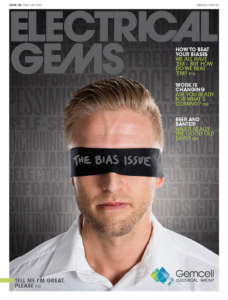
Issue 182
AUG - SEPT 2024

Issue 181
JUN - JUL 2024

Issue 180
APR - MAY 2024
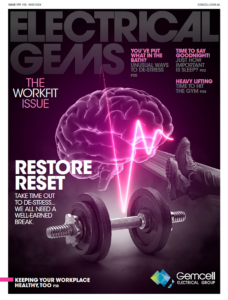
Issue 179
FEB - MARCH 2024
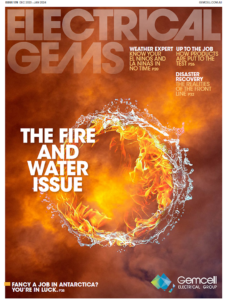
Issue 178
DEC 2023 - JAN 2024
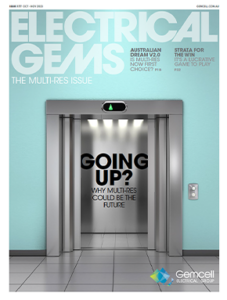
Issue 177
OCT - NOV 2023

Issue 176
AUG - SEPT 2023
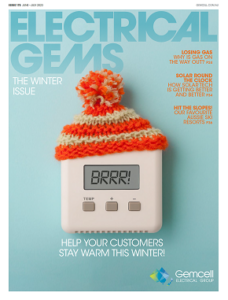
Issue 175
JUN - JUL 2023
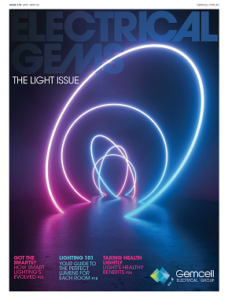
Issue 174
APR - MAY 2023

Issue 173
FEB - MAR 2023

Issue 172
DEC 2022 - JAN 2023
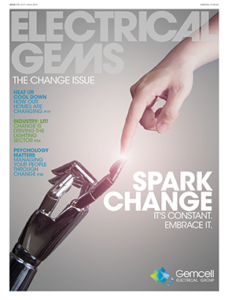
Issue 171
OCT - NOV 2022

Issue 170
AUG - SEPT 2022

Issue 169
JUN - JUL 2022

Issue 168
APR - MAY 2022

Issue 167
FEB - MAR 2022
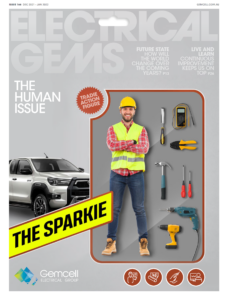
Issue 166
DEC 2021 - JAN 2022

Issue 165
OCT - NOV 2021

Issue 164
AUG - SEPT 2021

Issue 163
JUN - JUL 2021

Issue 162
APR - MAY 2021

Issue 161
FEB - MAR 2021

Issue 160
DEC 2020 - JAN 2021

Issue 159
OCT - NOV 2020

Issue 158
AUG - SEPT 2020
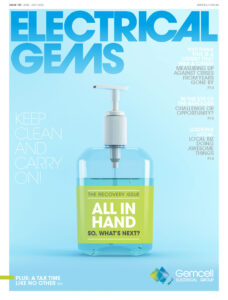
Issue 157
JUN - JUL 2022

Issue 156
APR - MAY 2020
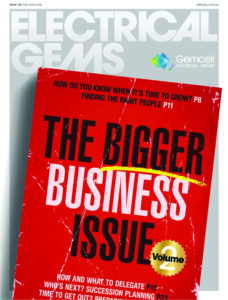
Issue 155
FEB - MAR 2020

Issue 154
DEC 2019 - JAN 2020
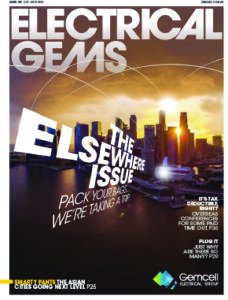
Issue 153
OCT - NOV 2019
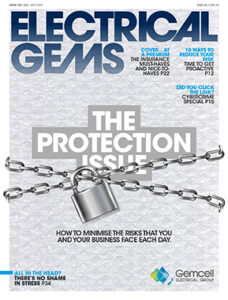
Issue 152
AUG - SEPT 2019

Issue 151
JUN - JUL 2019
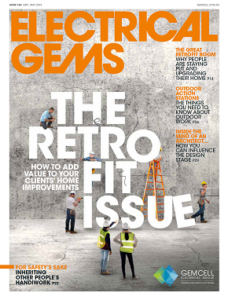
Issue 150
APR - MAY 2019

Issue 149
FEB - MAR 2019
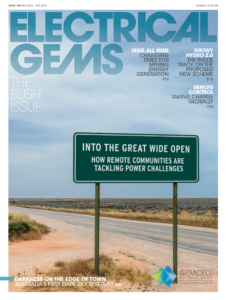
Issue 148
DEC 2018 - JAN 2019

Issue 147
OCT - NOV 2018
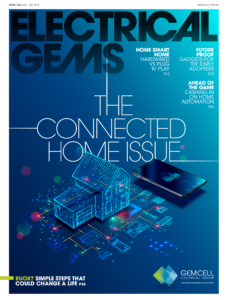
Issue 146
AUG - SEPT 2018

Issue 145
JUN - JUL 2018

Issue 144
APR - MAY 2018
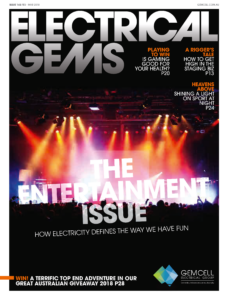
Issue 143
FEB - MAR 2018

Issue 142
DEC 2016 - JAN 2017

Issue 141
OCT- NOV 2017

Issue 140
AUG - SEPT 2017

Issue 139
JUN - JUL 2017
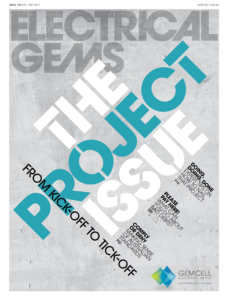
Issue 138
APR - MAY 2017

Issue 137
FEB - MAR 2017
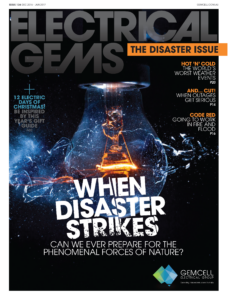
Issue 136
DEC 2016 - JAN 2017
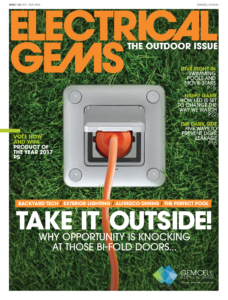
Issue 135
OCT - NOV 2017

Issue 134
AUG - SEPT 2016

Issue 133
JUN - JUL 2016

Issue 132
APR - MAY 2016
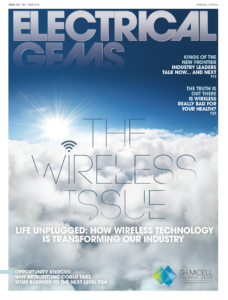
Issue 131
FEB - MAR 2016
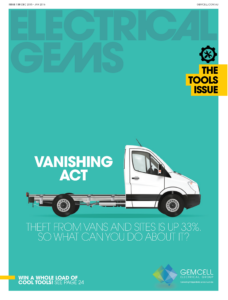
Issue 130
DEC 2015 - JAN 2016
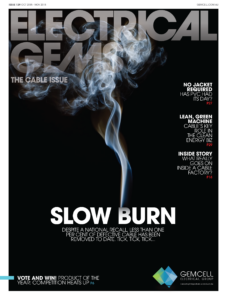
Issue 129
OCT - NOV 2015

Issue 128
AUG - SEPT 2015

Issue 127
JUN - JUL 2015

Issue 125
APR - MAY 2015

Issue 125
FEB - MAR 2015

Issue 124
DEC 2014 - JAN 2015

Issue 123
OCT - NOV 2014
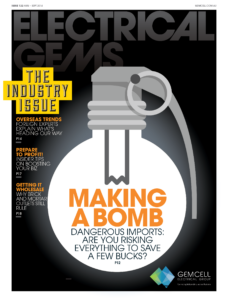
Issue 122
AUG - SEPT 2014

Issue 121
JUN - JUL 2014

Issue 120
APR - MAY 2014

Issue 119
FEB - MAR 2014
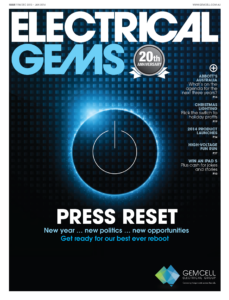
Issue 118
DEC 2013 - JAN 2014
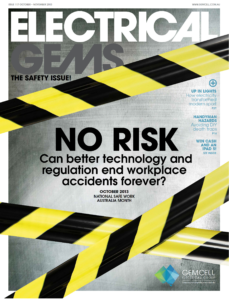
Issue 117
OCT - NOV 2013

Issue 116
AUG - SEPT 2013

Comments (0)
Write a Comment